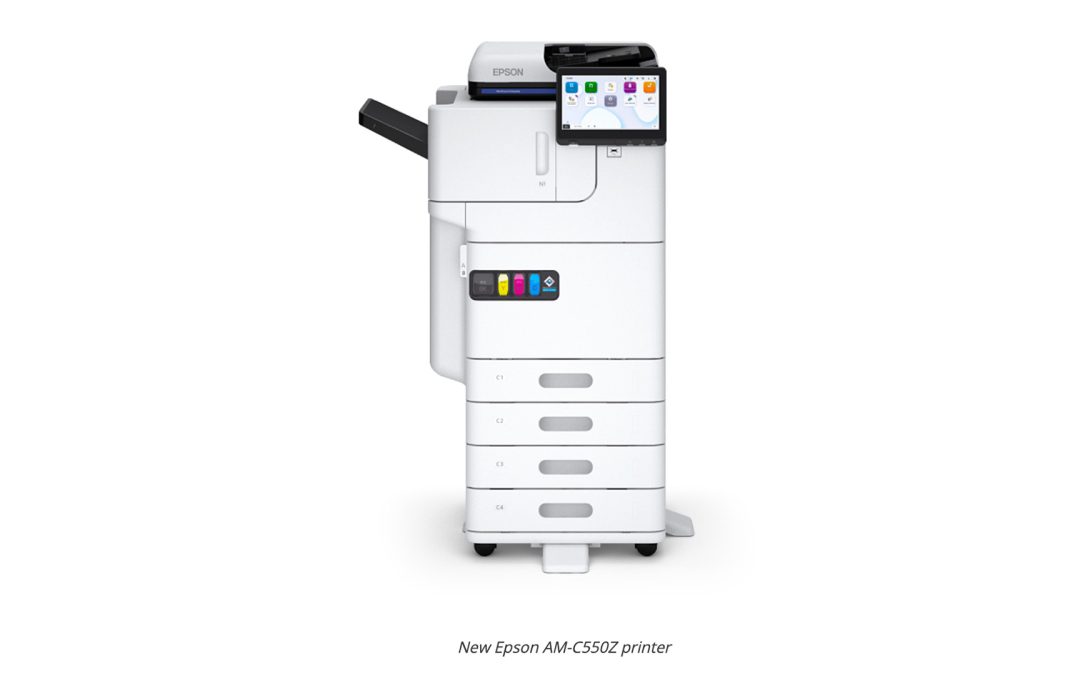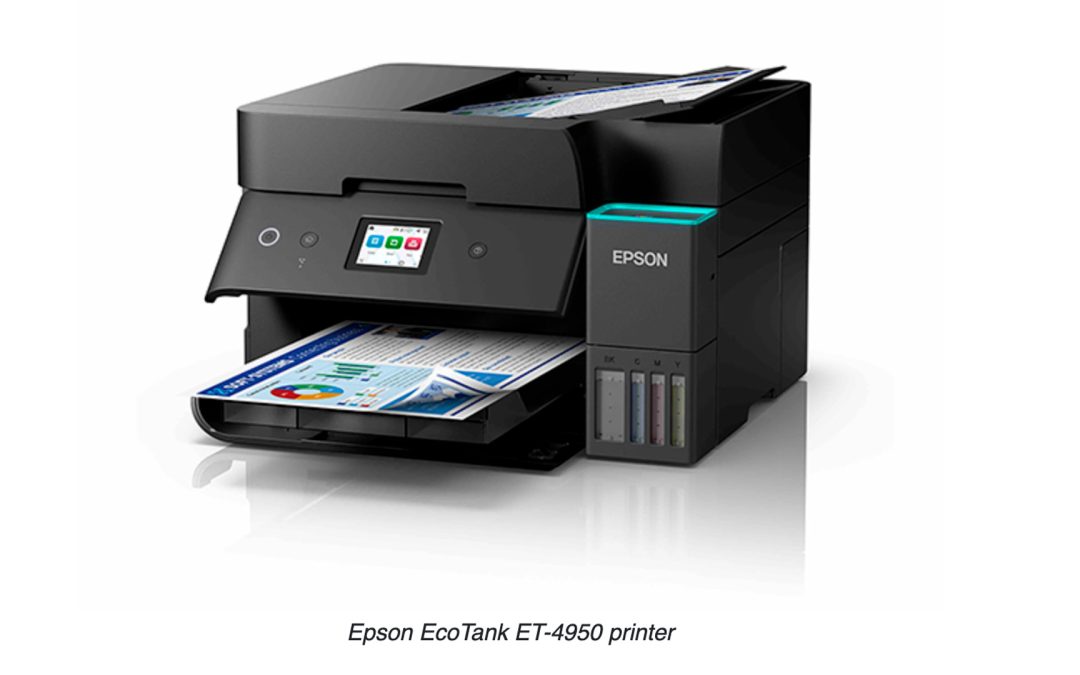
(Credit: University of New South Wales)
An Australian scientist has discovered a way of transforming the world’s rising levels of e-waste into a valuable product for use in 3D printing.
As 3ders reports, Veena Sahajwalla, materials scientist at the University of New South Wales, “may have a viable solution” for tackling the ever-increasing levels of global e-waste.
This solution lies in the “valuable resources” contained in many items of e-waste, with a tonne of discarded mobile phones containing the equivalent of 130kg of copper, 340g of gold, 3kg of silver and 140g of palladium.
According to Sahajwalla, “it’s high time for us to do some environmental clean-up, and cash in while we’re at it.”
In order to explore the potential of this idea, Sahajwalla and her colleagues established the Centre for Sustainable Materials Research and Technology through the Australian Research Council laureate fellowship. Via this Centre the scientists “are currently working to make e-waste processing safer and more profitable”, with their efforts being channelled toward “prototyping a low-cost alternative to industrial-scale smelting.”
Described as ‘micro-factories’, these prototypes contain “a combination of robotic arms and automated drones” which organise the e-waste into different components. The micro-factories are designed to “churn out valuable metal alloys, composites, ceramics, and micromaterials, while safely nixing any hazardous impact.”
These materials “hold considerable market value” and can be used in the creation of a wide variety of items, ranging from aircraft parts to jewellery.
The micro-factories can also melt down plastics for re-use as 3D printing filaments, which are likely to be lucrative products according to the findings of recent studies, which “suggest that the global filament market is expected to hit US $6.6 billion by 2026.”
While the micro-factories are still in their “design phase”, it is hoped that, once made available, they will “allow e-waste to be processed locally, in the same place where it’s collected”, as well as helping to “eliminate harmful emissions” and creating “viable new business opportunities for small recycling plants”.























